Point Venus
Site of James Cook's historic observations of the 1769 transit of Venus.
“…we had every advantage we could desire in Observing the whole of the passage of the Planet Venus over the Suns disk: we very distinctly saw an Atmosphere or dusky shade round the body of the Planet…” -James Cook, June 3, 1769 at Venus Point, Tahiti
Getting to Tahiti from England in 1769 to observe the century’s second transit of Venus was no small undertaking, and James Cook and his companion astronomers took their obligation to observe and record the passage of the second planet as it partially eclipsed the sun very seriously. In fact, history and the English Navy had much grander plans for Cook and his crew to “search between Tahiti and New Zealand for a Continent or Land of great extent.”
They did not return to England until July 11, 1771.
Scientists and observers from several countries were dispatched to view and document the 1769 transit of Venus from stations around the world in an attempt to accurately measure the distance of the sun from the Earth. The transit of Venus is a rare occurrence, happening in patterns repeating every 243 years. There had been a transit in 1761, but another would not occur until 1874, so this was their generation’s last chance for observations.
Tahiti had only recently been “discovered” by Englishman Samuel Wallis in 1767, and his visit was rapidly followed by glowing accounts by the French explorer Louis Antoine de Bougainville, who described the island’s beauty and the native’s natural charms with considerable poetry. The English government saw it as an ideal location to launch an exploration of the south seas, in search of the fabled southern continent, as yet undiscovered.
Cook arrived on Tahiti in April 1769, and promptly established Fort Venus on the northeast end of Matavai Bay, which he determined ideal for his assigned astronomical observations.
On June 3, 1769, the weather turned out to be favorable, and Cook and his companions dutifully recorded their observations. As it turns out, Cook’s observations were flawed—yet still remarkably accurate considering the available technology.
Following the transit, Cook and his crew departed Tahiti for their epic circumnavigation of the southern hemisphere, becoming the second European visitors to New Zealand and the first to record a discovery of Australia.
Today Point Venus is home to a picturesque Victorian-era lighthouse and a monument to the crew of the Bounty, who also landed at Venus Point. Currently, there are no monuments to Cook, or markers related to the fort or the 1679 astronomical observations.
The most recent transits of Venus were in 2004 and 2012. The next transit will be in 2117.

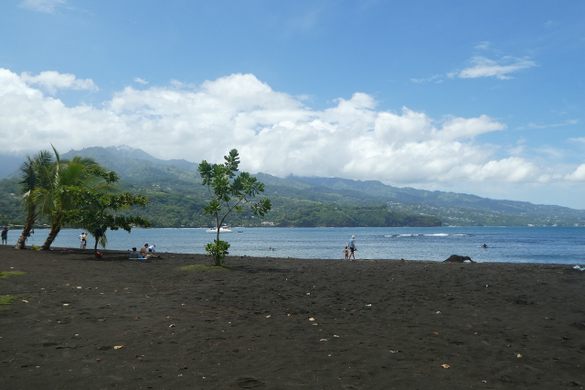
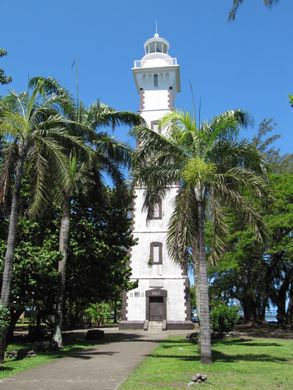











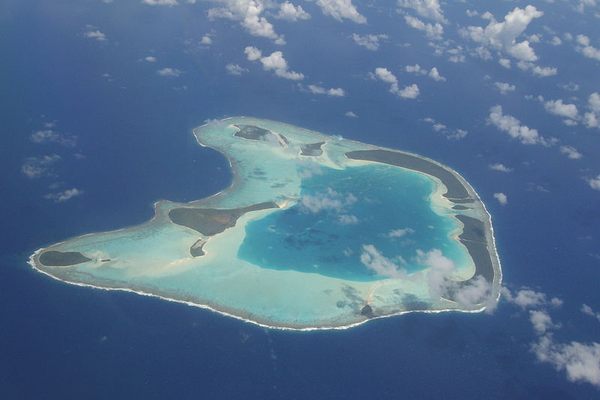
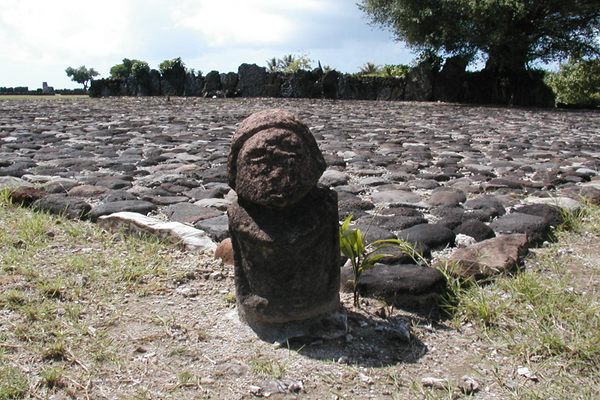

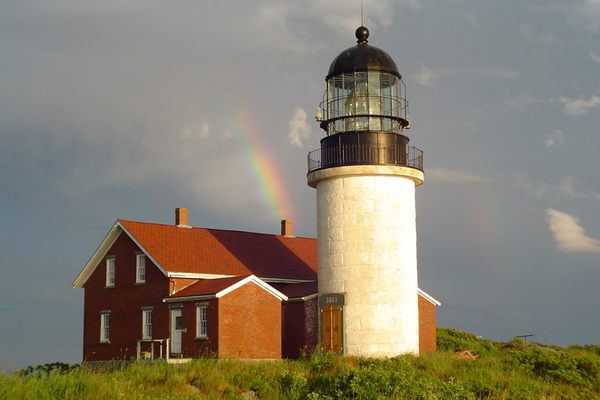



Follow us on Twitter to get the latest on the world's hidden wonders.
Like us on Facebook to get the latest on the world's hidden wonders.
Follow us on Twitter Like us on Facebook